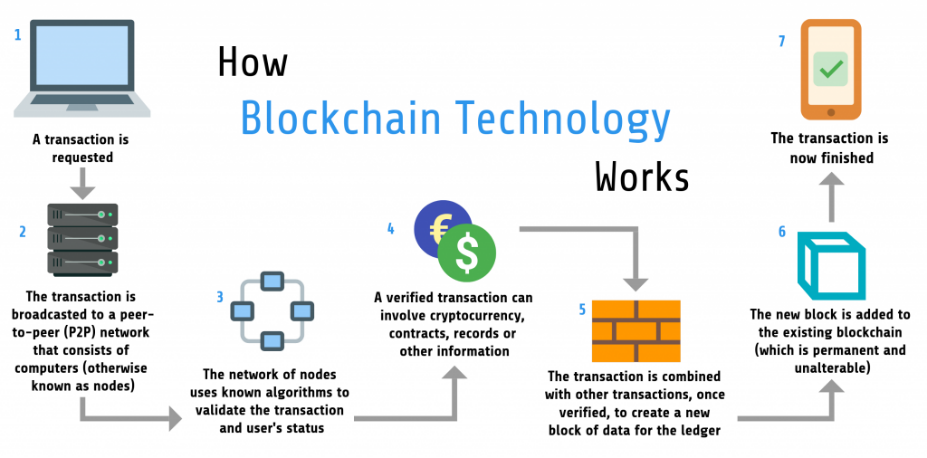
In the fast-paced digital landscape, blockchain technology has emerged as a revolutionary force. This article will provide you with a detailed understanding of blockchain technology, its core concepts, and its applications in various industries. So, let’s delve into the world of blockchain and explore its potential.
Introduction to Blockchain Technology (H1)
Blockchain technology is a distributed ledger system that underpins cryptocurrencies like Bitcoin. However, its applications go far beyond digital currencies. At its core, a blockchain is a decentralized and tamper-proof database that records transactions across a network of computers.
What Is Blockchain? (H2)
At its simplest, a blockchain is a chain of blocks, where each block contains a list of transactions. These blocks are linked together in chronological order, forming a chain. Once a block is added, it cannot be altered, ensuring data integrity.
How Does Blockchain Work? (H2)
Blockchain operates on a peer-to-peer network, and transactions are verified through a consensus mechanism. When a transaction occurs, it is added to a block. Miners compete to solve complex mathematical puzzles to validate the block. Once verified, the block is added to the chain.
Key Components of a Blockchain (H3)
- Cryptographic Hash: Each block contains a unique cryptographic hash of the previous block.
- Decentralization: No single entity controls the blockchain.
- Consensus Mechanism: The network agrees on the validity of transactions.
- Immutability: Once recorded, data cannot be altered.
Types of Blockchains (H3)
There are two main types of blockchains: public and private. Public blockchains are open to anyone, while private blockchains are restricted to authorized participants.
Advantages of Blockchain Technology (H2)
- Enhanced Security
- Transparency
- Reduced Intermediaries
- Improved Traceability
Blockchain Use Cases (H2)
Blockchain in Finance (H3)
Blockchain is revolutionizing the financial industry by enabling faster, more secure transactions and reducing fraud.
Blockchain in Supply Chain Management (H3)
Blockchain enhances transparency and traceability in supply chains, reducing counterfeit products and ensuring product authenticity.
Healthcare and Blockchain (H3)
In healthcare, blockchain ensures the secure and interoperable exchange of patient data, leading to better patient care.
Smart Contracts (H2)
Smart contracts are self-executing contracts with the terms of the agreement directly written into code. They automate processes and reduce the need for intermediaries.
Challenges and Concerns (H2)
- Scalability
- Energy Consumption
- Regulatory Challenges
Future Trends in Blockchain (H2)
As blockchain continues to evolve, we can expect innovations in areas like DeFi (Decentralized Finance), NFTs (Non-Fungible Tokens), and cross-chain interoperability.
Blockchain Adoption (H3)
The widespread adoption of blockchain technology is on the horizon, with governments, enterprises, and startups exploring its potential.
Conclusion (H1)
In conclusion, blockchain technology is a game-changer with the potential to disrupt various industries. Its decentralized and transparent nature offers solutions to longstanding problems. As we move forward, embracing blockchain’s potential is essential for staying competitive in the digital age.